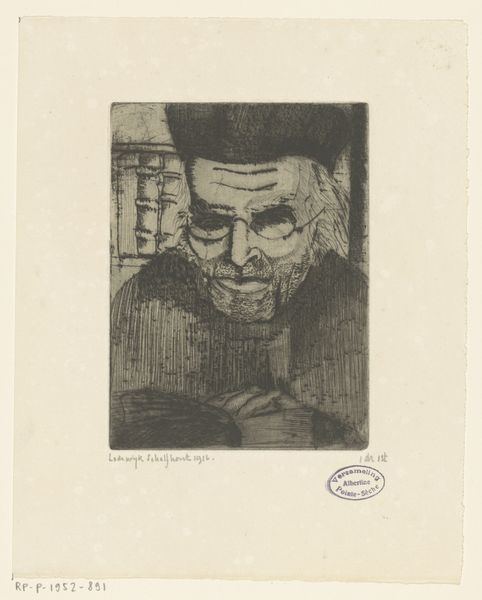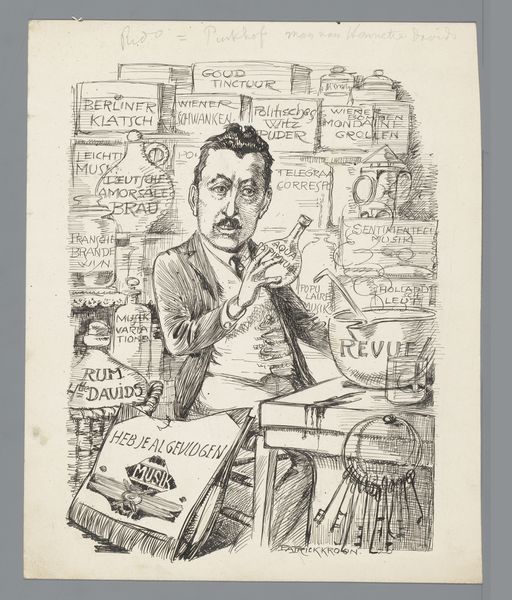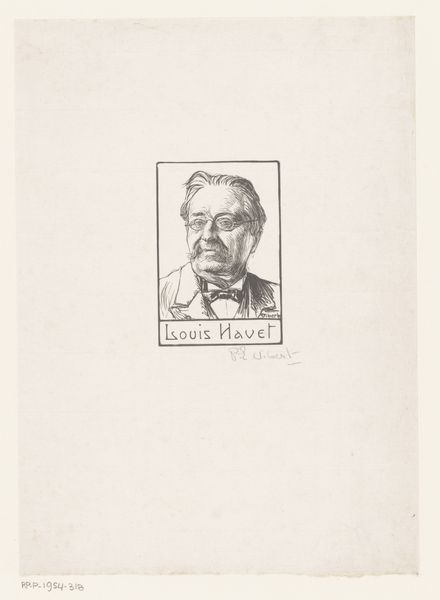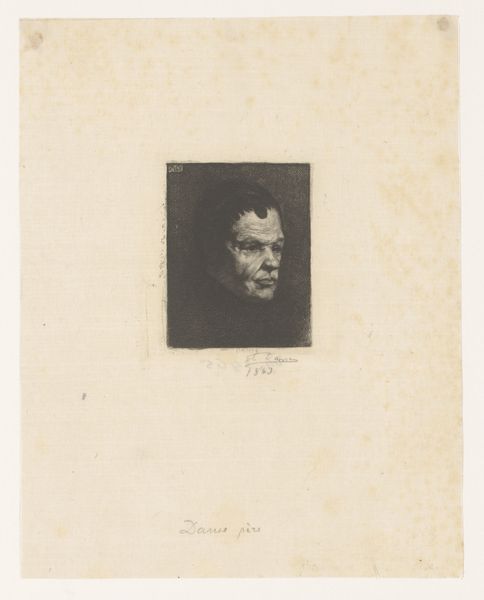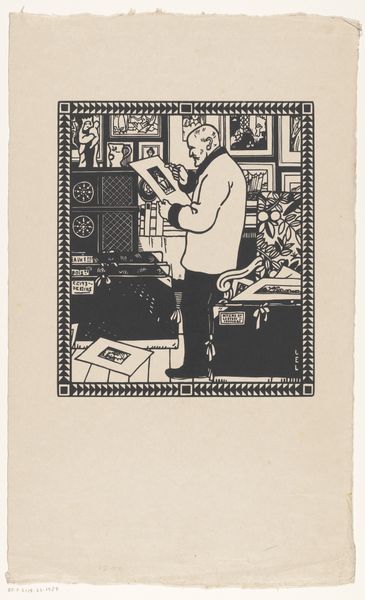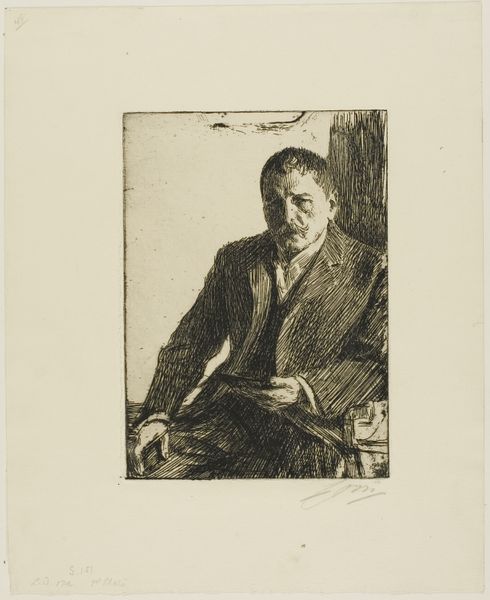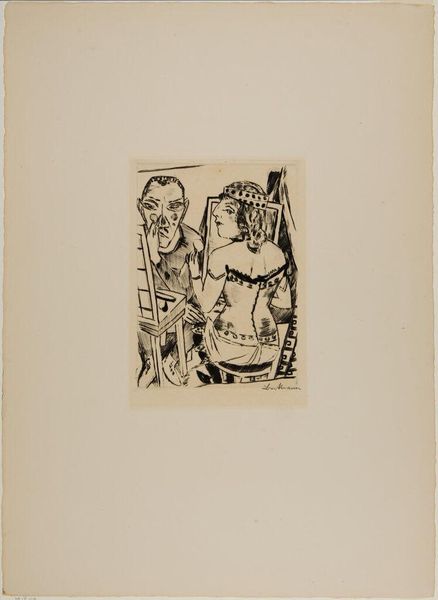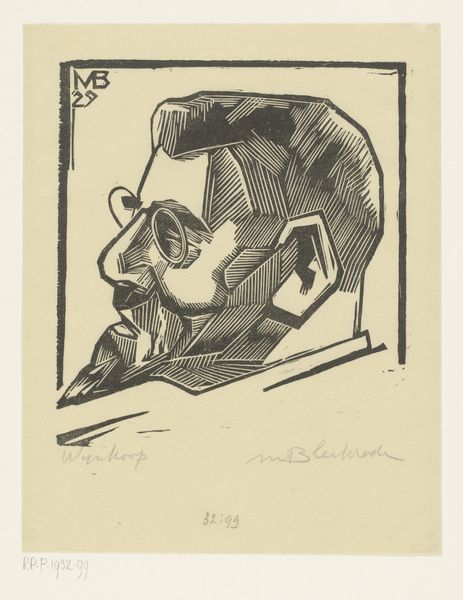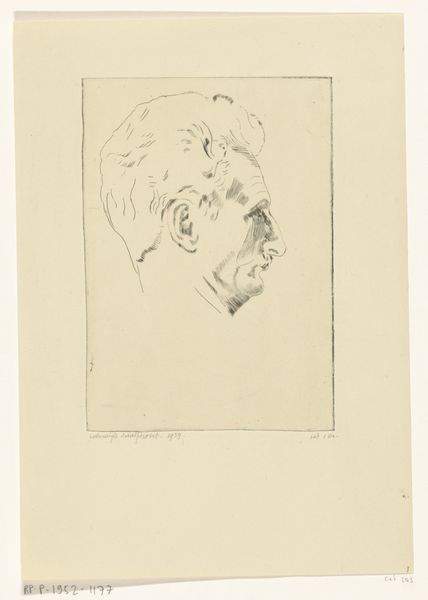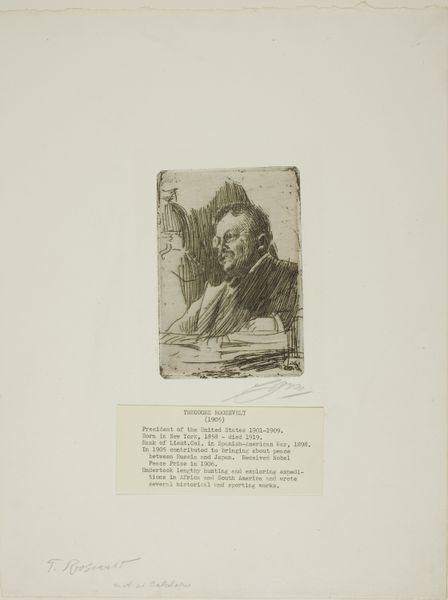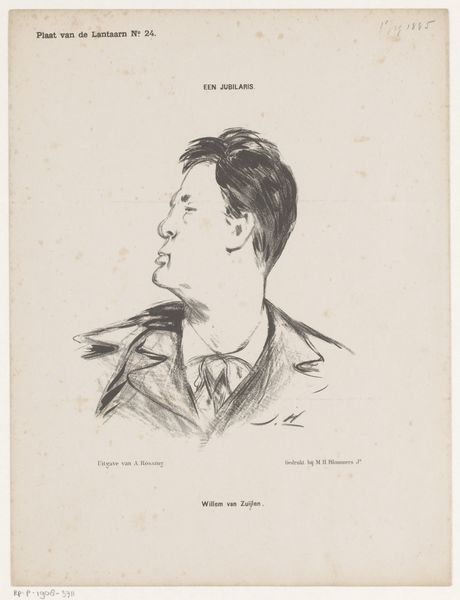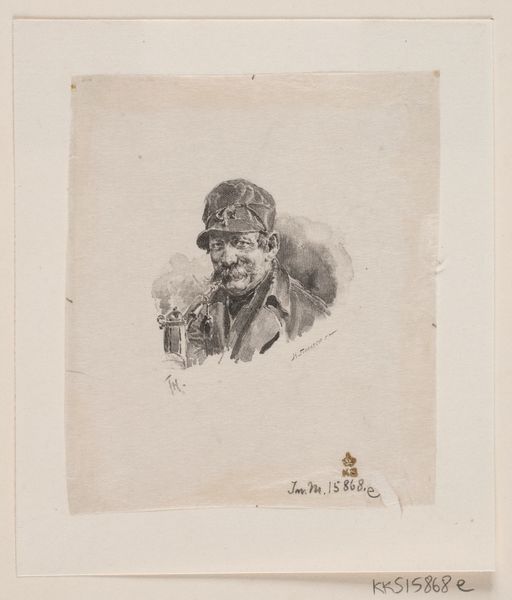
drawing, print, etching
#
portrait
#
drawing
#
self-portrait
# print
#
etching
#
realism
Dimensions: Plate: 6 3/16 × 4 3/4 in. (15.7 × 12.1 cm) Sheet: 12 3/8 × 10 1/16 in. (31.4 × 25.6 cm)
Copyright: Public Domain
Anders Zorn created this self-portrait using etching, a printmaking technique, sometime within his lifetime, 1860-1920. The etching process involves using acid to cut into a metal plate, traditionally copper or zinc. The artist would have covered a plate with a waxy, acid-resistant ground, then scratched an image into the ground with a needle. The plate is then immersed in acid, which bites into the exposed lines, creating an image that can be inked and printed. Look closely, and you can see the characteristic qualities of etched lines: their crispness, their capacity to render fine detail, and the way that areas of shading can be built up through dense networks of lines. It’s a technique that lends itself to the depiction of light and shadow, something Zorn certainly exploits. Printmaking allowed for the wide distribution of images, playing a key role in shaping visual culture in the 19th century. This self-portrait reflects a society that was becoming increasingly interested in the individual, while at the same time using technologies that allow for mass production.
Comments
No comments
Be the first to comment and join the conversation on the ultimate creative platform.
